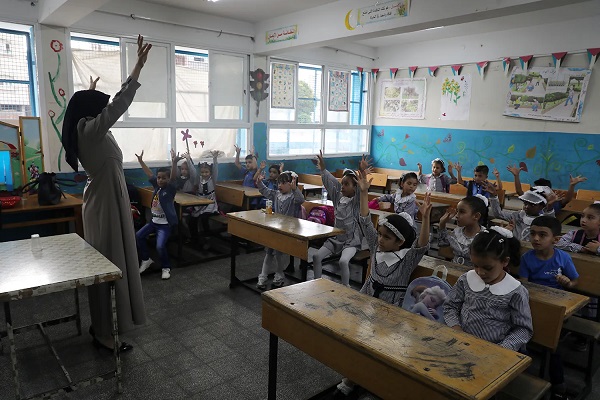Education
Teacher refuses to give up fight for free speech after being canceled for objecting to LGBT books

From LifeSiteNews
Ontario’s Divisional Court dismissed Carolyn Burjoski’s application for a judicial review of the January 2022 decision by school trustees to kick her off the board, but she will appeal the decision.
A now-retired Canadian teacher who was silenced for voicing concerns over LGBT books in school libraries vowed to continue to fight for her right to free speech after she was muzzled by her board.
Last year, longtime Waterloo Regional District School Board (WRDSB) teacher Carolyn Burjoski was stopped mid-presentation by then-board chairman Scott Piatkowski at a Board of Trustees meeting on January 17, 2022, because she was criticizing LGBT books in school libraries.
Piatkowski went as far as to expel Burjoski from the meeting. The next day she was made to work from home and told to keep her mouth shut under the threat of losing her retirement benefits. Piatkowski then told legacy media that Burjoski was “transphobic” and was using “hate speech” in the board meeting. Of note is that Piatkowski is a longtime supporter of the socialist NDP party.
Burjoski’s fight for justice began after she was removed from the board meeting because she exposed the dangers of LGBT books in school libraries. According to court documents, during her presentation, Burjoski revealed that some of the books made it “seem simple or even cool to take puberty blockers and opposite sex hormones.”
“I was ejected from a Board of Trustees meeting for criticizing the age appropriateness of sexual content in children’s books in elementary school libraries,” she said.
In May 2022, Burjoski filed a $1.7 million defamation suit against the WRDSB and Piatkowski that remains before the courts.
In June 2022, Burjoski applied for a judicial review of Piatkowski’s decision to suddenly stop her presentation, claiming it violated Ontario’s Human Rights code.
On November 29, three judges with Ontario’s Divisional Court dismissed Burjoski’s application for a judicial review of the January 2022 decision by her trustees to kick her off the board.
School board showed ‘display of authoritarian speech suppression in a public forum,’ says canceled teacher
Burjoski, in an update to social media last Thursday, said she would fight the dismissal of the judicial review with an appeal.
“I was silenced and removed for voicing my concerns about age-inappropriate content in some elementary school books. My respectful presentation was cut short by the chair who wrongly accused me of violating the Human Rights Code,” Burjoski said.
“This was not just a violation of my right to free expression, but a stark display of authoritarian speech suppression in a public forum where diverse viewpoints should be welcomed and discussed.”
Burjoski said that her judicial review being dismissed “is deeply concerning” and could set a “troubling precedent for free expression in Canada, empowering school boards and other public bodies to silence and censure every voice they disagree with.”
“So today, I am escalating this matter to the Ontario Court of Appeal by filing a notice of motion for leave to appeal. This is not just about a school board meeting. It’s about the integrity of open dialog on important issues in our educational system and other public forums.”
Burjoski noted how a true democracy “thrives on diverse opinions and the freedom to express them.”
“It’s vital that our judicial system protect our charter rights against administrative overreach that stifles our free speech,” she noted.
“I am fully committed to this cause and am deeply grateful to the Justice Center for Constitutional Freedoms for sponsoring this appeal pro bono.”
She encouraged “everyone” to support JCCF financially in its “relentless work to safeguard Canadian freedoms.”
Burjoski suffered a breakdown from the entire ordeal, which was so bad that she had to be taken to the hospital by ambulance. She said she is “still in recovery from this trauma.”
She has documented her ordeal on her website cancelledteacher.com.
Yesterday, LifeSiteNews reported that the WRDSB recently decided to get rid of the word “parent” on a slew of official documents and replace it with “caregiver” or “family.” Not all WRDSB members were on board with the change, however.
Alberta
Schools should go back to basics to mitigate effects of AI

From the Fraser Institute
Odds are, you can’t tell whether this sentence was written by AI. Schools across Canada face the same problem. And happily, some are finding simple solutions.
Manitoba’s Division Scolaire Franco-Manitobaine recently issued new guidelines for teachers, to only assign optional homework and reading in grades Kindergarten to six, and limit homework in grades seven to 12. The reason? The proliferation of generative artificial intelligence (AI) chatbots such as ChatGPT make it very difficult for teachers, juggling a heavy workload, to discern genuine student work from AI-generated text. In fact, according to Division superintendent Alain Laberge, “Most of the [after-school assignment] submissions, we find, are coming from AI, to be quite honest.”
This problem isn’t limited to Manitoba, of course.
Two provincial doors down, in Alberta, new data analysis revealed that high school report card grades are rising while scores on provincewide assessments are not—particularly since 2022, the year ChatGPT was released. Report cards account for take-home work, while standardized tests are written in person, in the presence of teaching staff.
Specifically, from 2016 to 2019, the average standardized test score in Alberta across a range of subjects was 64 while the report card grade was 73.3—or 9.3 percentage points higher). From 2022 and 2024, the gap increased to 12.5 percentage points. (Data for 2020 and 2021 are unavailable due to COVID school closures.)
In lieu of take-home work, the Division Scolaire Franco-Manitobaine recommends nightly reading for students, which is a great idea. Having students read nightly doesn’t cost schools a dime but it’s strongly associated with improving academic outcomes.
According to a Programme for International Student Assessment (PISA) analysis of 174,000 student scores across 32 countries, the connection between daily reading and literacy was “moderately strong and meaningful,” and reading engagement affects reading achievement more than the socioeconomic status, gender or family structure of students.
All of this points to an undeniable shift in education—that is, teachers are losing a once-valuable tool (homework) and shifting more work back into the classroom. And while new technologies will continue to change the education landscape in heretofore unknown ways, one time-tested winning strategy is to go back to basics.
And some of “the basics” have slipped rapidly away. Some college students in elite universities arrive on campus never having read an entire book. Many university professors bemoan the newfound inability of students to write essays or deconstruct basic story components. Canada’s average PISA scores—a test of 15-year-olds in math, reading and science—have plummeted. In math, student test scores have dropped 35 points—the PISA equivalent of nearly two years of lost learning—in the last two decades. In reading, students have fallen about one year behind while science scores dropped moderately.
The decline in Canadian student achievement predates the widespread access of generative AI, but AI complicates the problem. Again, the solution needn’t be costly or complicated. There’s a reason why many tech CEOs famously send their children to screen-free schools. If technology is too tempting, in or outside of class, students should write with a pencil and paper. If ChatGPT is too hard to detect (and we know it is, because even AI often can’t accurately detect AI), in-class essays and assignments make sense.
And crucially, standardized tests provide the most reliable equitable measure of student progress, and if properly monitored, they’re AI-proof. Yet standardized testing is on the wane in Canada, thanks to long-standing attacks from teacher unions and other opponents, and despite broad support from parents. Now more than ever, parents and educators require reliable data to access the ability of students. Standardized testing varies widely among the provinces, but parents in every province should demand a strong standardized testing regime.
AI may be here to stay and it may play a large role in the future of education. But if schools deprive students of the ability to read books, structure clear sentences, correspond organically with other humans and complete their own work, they will do students no favours. The best way to ensure kids are “future ready”—to borrow a phrase oft-used to justify seesawing educational tech trends—is to school them in the basics.
Business
Why Does Canada “Lead” the World in Funding Racist Indoctrination?
-
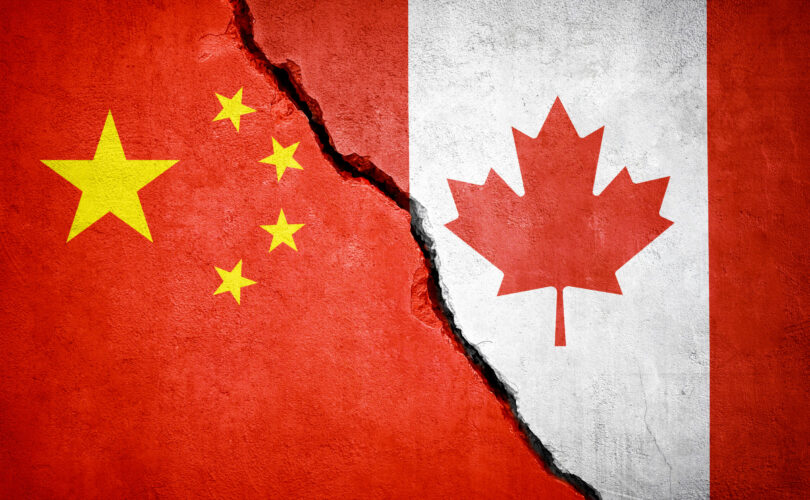
 International16 hours ago
International16 hours agoOttawa is still dodging the China interference threat
-

 Business14 hours ago
Business14 hours agoThere’s No Bias at CBC News, You Say? Well, OK…
-

 Automotive13 hours ago
Automotive13 hours agoCanada’s EV gamble is starting to backfire
-
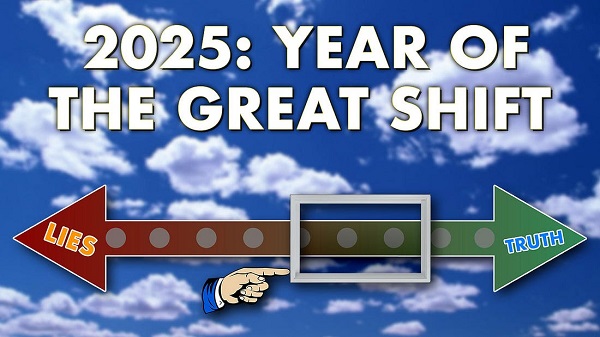
 International15 hours ago
International15 hours ago2025: The Year The Narrative Changed
-
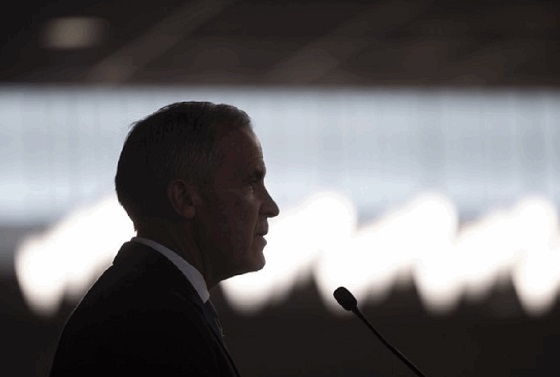
 Fraser Institute1 day ago
Fraser Institute1 day agoCarney government sowing seeds for corruption in Ottawa
-

 Daily Caller1 day ago
Daily Caller1 day agoWhile Western Nations Cling to Energy Transition, Pragmatic Nations Produce Energy and Wealth
-
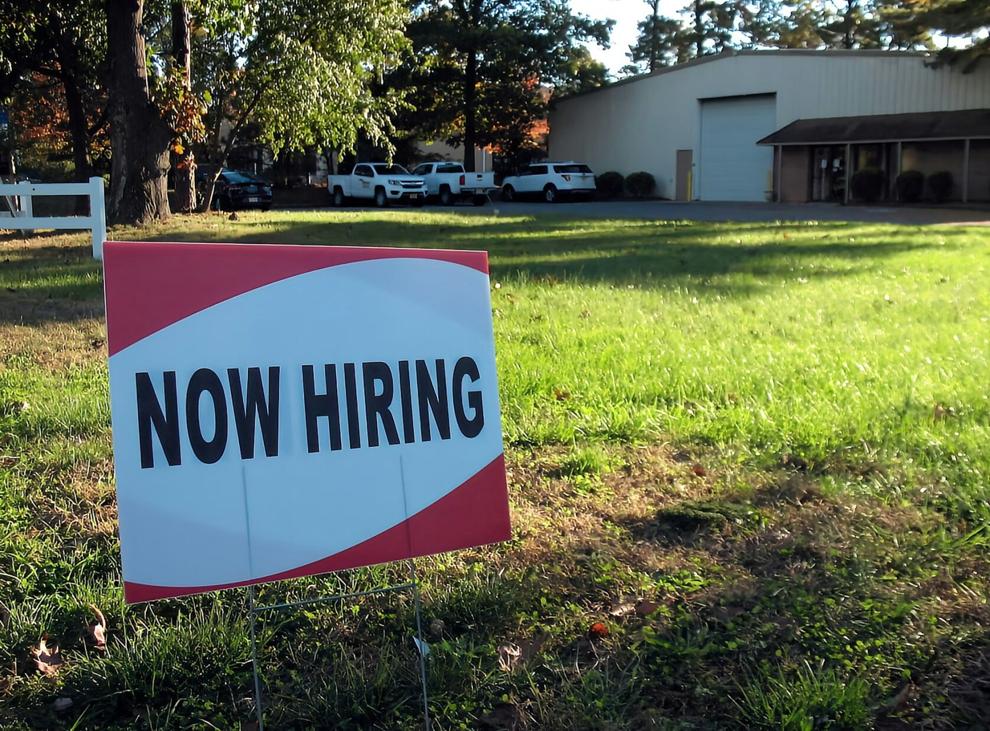
 Business1 day ago
Business1 day agoResidents in economically free states reap the rewards
-

 Alberta1 day ago
Alberta1 day agoAlberta Next Panel calls for less Ottawa—and it could pay off



